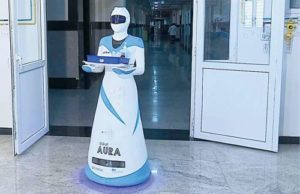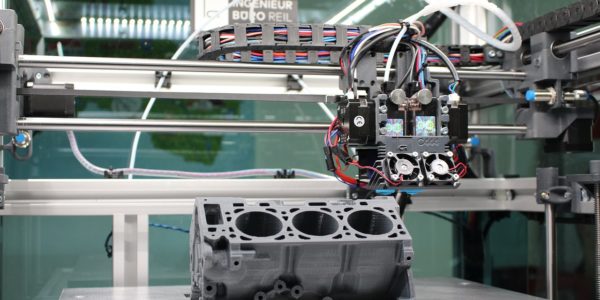The question, “Is your robot a boy or a girl?” should have a simple answer: “No.”
Robots are machines, and therefore naturally have no gender.
But many robots are in fact gendered. Take Grace, the new “nurse robot” from Hanson Robotics.
Robot nurse
There have been some previous robotic nurses. One was developed during the pandemic from a robot originally intended to wait tables in restaurants. Fetching and carrying, handing things to people, and cleaning up were the tasks this robot nurse covered, leaving more complex tasks to the human nurses.
Grace, clearly female, is a social robot –a robot designed to interact with humans. It might make sense to give her a more humanoid appearance and a feminine voice. But the waitress/ nurse also looked female.
The makers explained that people were more comfortable with a humanoid robot. Global research has found that people are not only more comfortable with humanoid robots, but with female humanoid robots.
AI assistants like Alexa, Siri, and Cortana are overwhelmingly female. Again, there is no actual reason that they should be. However, research shows that people find female-appearing robots more human, more warm, and — in health care settings — more responsive to their needs.
Voice
One important factor, it turns out, is voice. A robot with no speech doesn’t require any gender-specific characteristics, but non-gendered voices often don’t sound human.
Here’s a video that shares the result of lots of efforts to create a genderless voice assistant:
Back to robot nurses. Makers of robot nurses have often made them with female characteristics. Sometimes, however, they have finessed the issue. In the infographic below, you can see Pepper, which has a childlike voice and an androgynous appearance. It turns out that most Pepper users call Pepper “him.”
There is also a giant teddy bear and a baby seal — by creating these robots in animal forms, their makers avoid any need to provide human-sounding speech or a masculine or feminine appearance.
Scroll down further to see robots with industrial appearances. Without humanoid forms, they may be less successful as social robots, but better as machines.
Are robot nurses built with female characteristics because humans respond better to female robots, or do humans respond better to female nurse robots because they so often expect nurses to be female? Siri and Alexa both have male voice options, but both started out with female voices and names. Is that because they do jobs that are stereotypically female?
Actually, automated voices have usually been female for as long as there have been automated voices. Auto makers tested the question of male vs. female voices and found that both men and women usually like women’s voices better. Airlines found that women’s voices stood out better when most pilots were male.
It makes sense to wonder whether gendered robots are driven by gender stereotypes. But it might be more useful to decide whether we want to continue the practice. Since the makers of robot nurses have the option to make them appear more female, more male, or more neutral, it’s a good time to make a decision about what we want those robots to say.
And what voice we want them to say it in.

